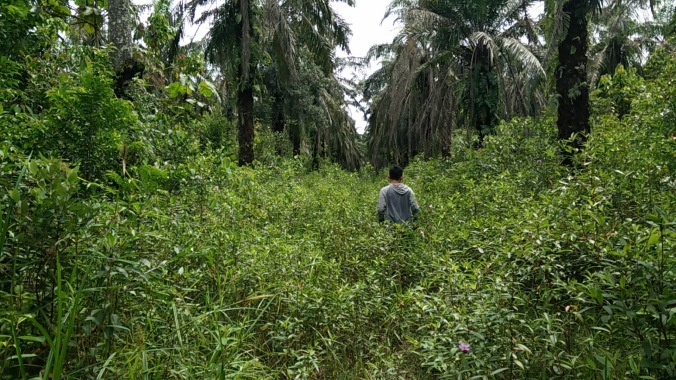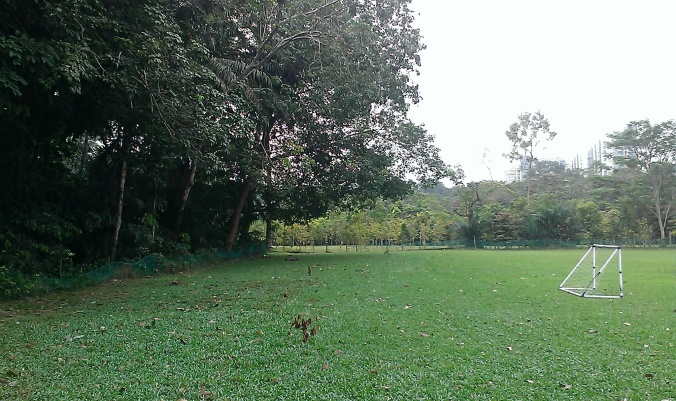I first wrote this article for “The Sauce” magazine by Foodscape Pages.
I don’t remember when I first came upon permaculture. Perhaps there was never an exact moment, like the conception of a human. Perhaps the point when the sperm entered the egg was in 2011, when I took up a five square meter allotment plot at an organic farm in Hong Kong. I was working weekdays and come weekend, would jump on my white Vespa for the one-hour ride to my tiny garden in the mountains bordering China. I was clueless about farming then, but Nature was forgiving enough to spare me among the weeds some choy sum, French beans, and one strawberry. The point when the baby popped out was when I spent my 2013 Christmas and New Year holidays at the foothills of Genting Highlands, building a bamboo hut and digging canals to irrigate a paddy field as part of a permaculture course. Since then, it has been a bit of an obsession, practicing at the farms in the day and reading the same in the evenings.
Yet, five years since its birth, I still stumble whenever someone asks me, ‘What is permaculture?’ The answer varies, always. This difficulty is not unique to me; ask most permaculturalists and you might get responses ranging from well-memorized standard definitions to a blank-eyed ‘hmm’. The difficulty lies in the all-embracing scope of permaculture and what permaculture means personally to each practitioner. Try asking a loving elderly couple ‘What is love?’ and you’ll get an idea. On top of that, we try to customize the answer to the enquirer. A budding gardener and a corporate executive might go home with different answers after a conversation about permaculture with me. To be honest, I don’t think I would get better at answering even with another five years of practice. But I take consolation in the first verse of the classic Chinese text Tao Te Ching: ‘The Tao that can be told is not the eternal Tao’. Continue reading








 I recently came across Permaculture: Principles & Pathways Beyond Sustainability written by David Holmgren at the library. To be honest it wasn’t a book on the top of my must-read list. When one talks about permaculture books, there will be more well-known ones like Bill Mollison’s Permaculture: A Designers’ Manual (a.k.a the permaculture bible) or
I recently came across Permaculture: Principles & Pathways Beyond Sustainability written by David Holmgren at the library. To be honest it wasn’t a book on the top of my must-read list. When one talks about permaculture books, there will be more well-known ones like Bill Mollison’s Permaculture: A Designers’ Manual (a.k.a the permaculture bible) or 